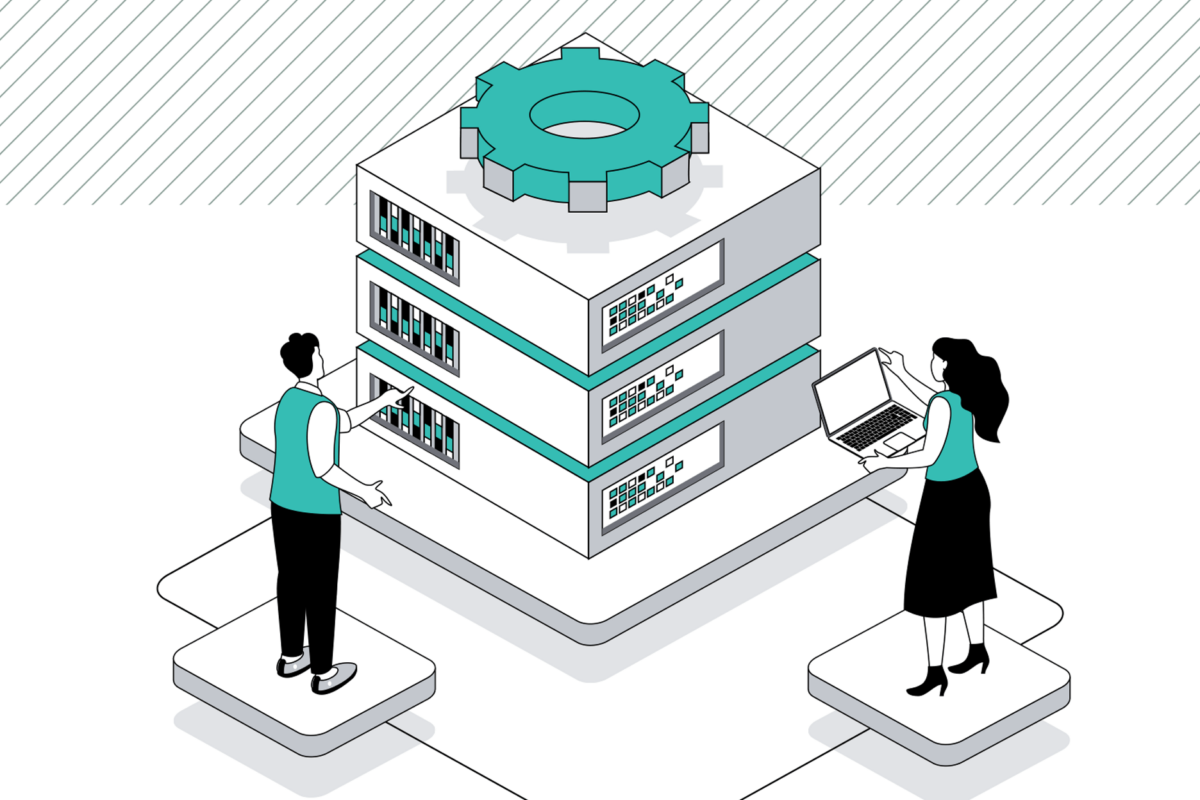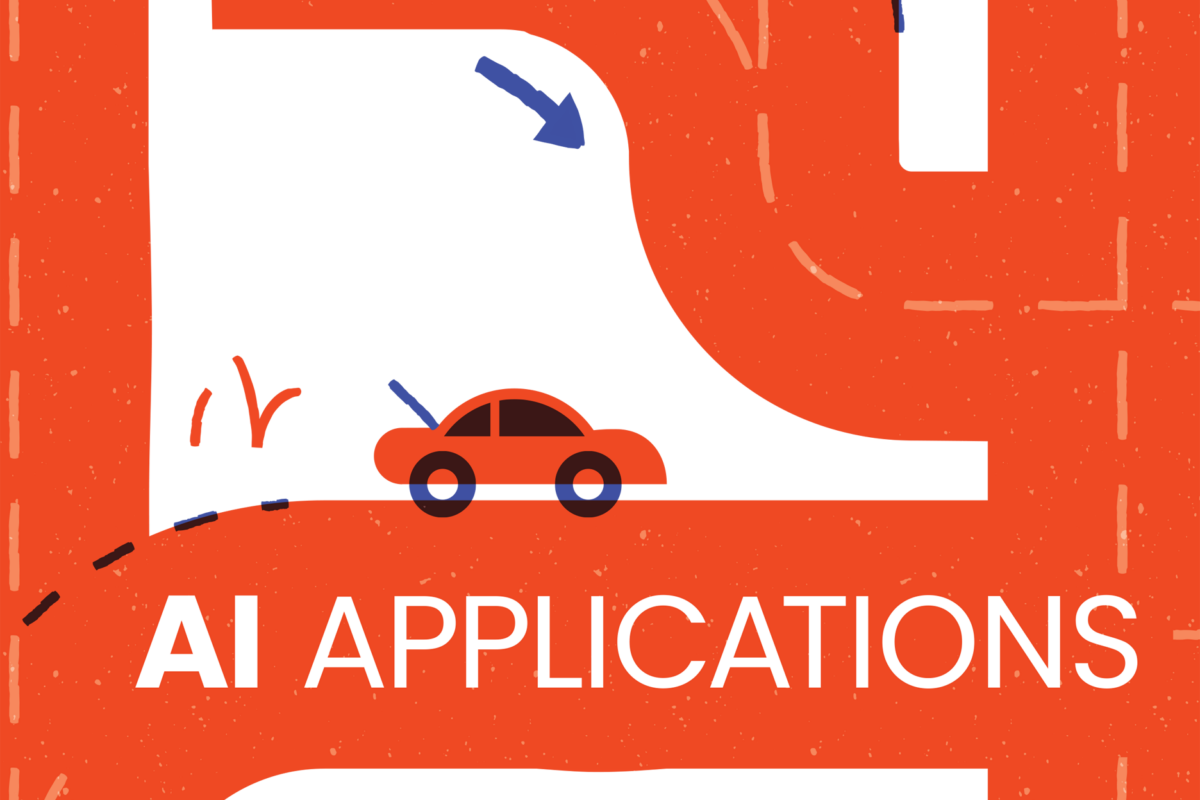PEOs have helped businesses manage HR, payroll, compliance, benefits, and more for decades. As healthcare costs soar and employee expectations evolve, traditional PEO models are being tested … to their breaking point.
As these market pressures mount, it’s no surprise that many organizations, including many PEOs, are looking to artificial intelligence to maximize return on client investments.
AI and machine learning models aren’t just back-office automation tools anymore. They’re competitive differentiators in how PEOs deliver value, client support, and workforce insights.
This is our new reality: PEOs that integrate AI into core client operations like employee support, compliance, and benefits administration will thrive.
Those that don’t will undoubtedly struggle to keep up.
HOW AI STRENGTHENS THE PEO-CLIENT RELATIONSHIP
AI is such a tired-out buzzword that it now feels like a four-letter word. However, these models have massive untapped business efficiency and growth potential, particularly when maintaining client relationships and reducing churn risk. PEO leaders can deliver meaningful value in the long run by optimizing core operations for AI on behalf of clients.
AI-POWERED HEALTH BENEFITS NAVIGATION: A GAME-CHANGER FOR PEOS
For many PEOs, benefits administration is a significant cost center. However, benefits are also a key selling point for clients. Despite this tension, benefits remain a strategic priority for PEOs that bears real fruit for client growth.
Working with PEO partners and leading organizations in the benefits and health insurance industry, I’ve seen firsthand how artificial intelligence enhances the benefits experience.
Real-time, 24/7 answers to employee benefits questions like, “Is my MRI covered,” and “How much have I paid toward my deductible?” Helping employees select best-fit health plans during open enrollment. Boosting in-network provider utilization lowers claims costs for clients and their employees. These are just a few ways AI is transforming the employee benefits landscape.
I’ve seen one of my PEO partners use AI-powered benefits guidance to normalize premiums across their client base. I’d say that’s a win-win for both the client and the PEO.
AI-DRIVEN COST CONTAINMENT: HELPING CLIENTS REDUCE EXPENSES
Health benefits are one of PEO and their clients’ most significant cost drivers. Artificial intelligence promises real financial return on investment by steering employees toward cost-effective healthcare options.
Using AI for cost containment can take a few forms, but the most common methods I’ve seen are:
- Aggregated and de-identified claims data can be used to offer real-time cost transparency for procedures so employees can make informed choices.
- Identifying potential use of unnecessary ER visits and steering employees toward more affordable telehealth or urgent care options.
- Tracking benefits utilization trends to help PEOs optimize their plan designs across their client base during renewals.
AI even has the power to prevent wasteful healthcare spending by guiding employees through personalized plan selection processes. These processes empower employees to make informed plan choices by analyzing their usage patterns and recommending the most cost-effective options first. Employees get the coverage they need without paying for what they won’t use.
AI IN COMPLIANCE AND RISK MANAGEMENT: A PEO DIFFERENTIATOR
Keeping up with evolving healthcare regulations is a burden for businesses, yet another reason they turn to PEOs. AI can also support PEOs as they strengthen compliance by automatically flagging policy updates that impact clients.
One of the most significant areas of confusion and change regarding compliance is the health benefits space, especially as shifting fiduciary responsibilities lurk in the shadows. AI can help PEOs and their clients understand their current operations and act as a support system when scanning benefits data for compliance risks.
While AI can’t ensure adherence to ACA, COBRA, HIPAA, and other regulations outright, it can act as a secondary layer of protection — a net ready to help you catch risks before they fall through the cracks.
ENHANCING EMPLOYEE EXPERIENCES: AI-POWERED BENEFITS ENGAGEMENT
Today’s workforce expects consumer-grade, high-tech experiences in more and more areas of life, including benefits and healthcare delivery.
Artificial intelligence can support this vision of an enhanced employee experience by providing hyper-personalized benefits insights and navigation based on utilization history. By automating healthcare and benefits recommendations, PEOs can help their clients encourage preventive care and reduce long-term healthcare costs.
The employee experience goes beyond the general employee experience, diving into the specific needs of employee subpopulations. For example, AI can help clients surface point solutions, ancillary services, and mental health resources to the employees who would most benefit from their usage. An employee with chronic back pain may not know about an MSK point solution offering, so by routinely surfacing this option in the healthcare navigation experience, PEOs can increase the utilization of healthcare spending across the benefits ecosystem.
PEOs are crucial to high-quality employee experiences. I’ve seen the highest-performing PEOs win higher employee satisfaction and retention through better benefits engagement, making this a strategic value-add.
AI BENEFITS ADMINISTRATION IN ACTION
AI hasn’t just reduced administrative burden. AI has deepened PEO–client relationships by making health benefits more transparent, cost-effective, and employee-friendly.
One of my largest PEO partners has been able to streamline benefits management across its entire book of business using platforms powered by artificial intelligence, balancing cost containment and improving user experiences. AI translates into real-time savings for client success, call center, and account management teams for this PEO.
EMERGING AI TRENDS PEOS CAN’T IGNORE
Mental health support is in high demand among employees. Healthee’s recent research report reported that mental health was the most-searched care category among users last year, accounting for 8.61% of all searches.
AI-driven mental health solutions and instant-access telehealth solutions can help address this growing need with 24/7 anonymous support, reducing long-term disability claims and improving productivity.
AI AS THE FUTURE OF PEO GROWTH
AI is not replacing PEO functionalities or HR professionals. AI is here and ready to enhance the ability to deliver more innovative health benefit experiences and a better client offering.
PEOs that embed AI into health benefits will strengthen client relationships, reduce claims costs, and enhance employee engagement. Strategic implementation is key — aligning AI solutions with client needs and workforce expectations.
For PEOs, the question is no longer: “Should we implement AI?” It’s: “How fast can we deploy AI to deepen our client relationships?”
The next generation of PEO success will be defined by who uses AI best, and the time to start is now.











